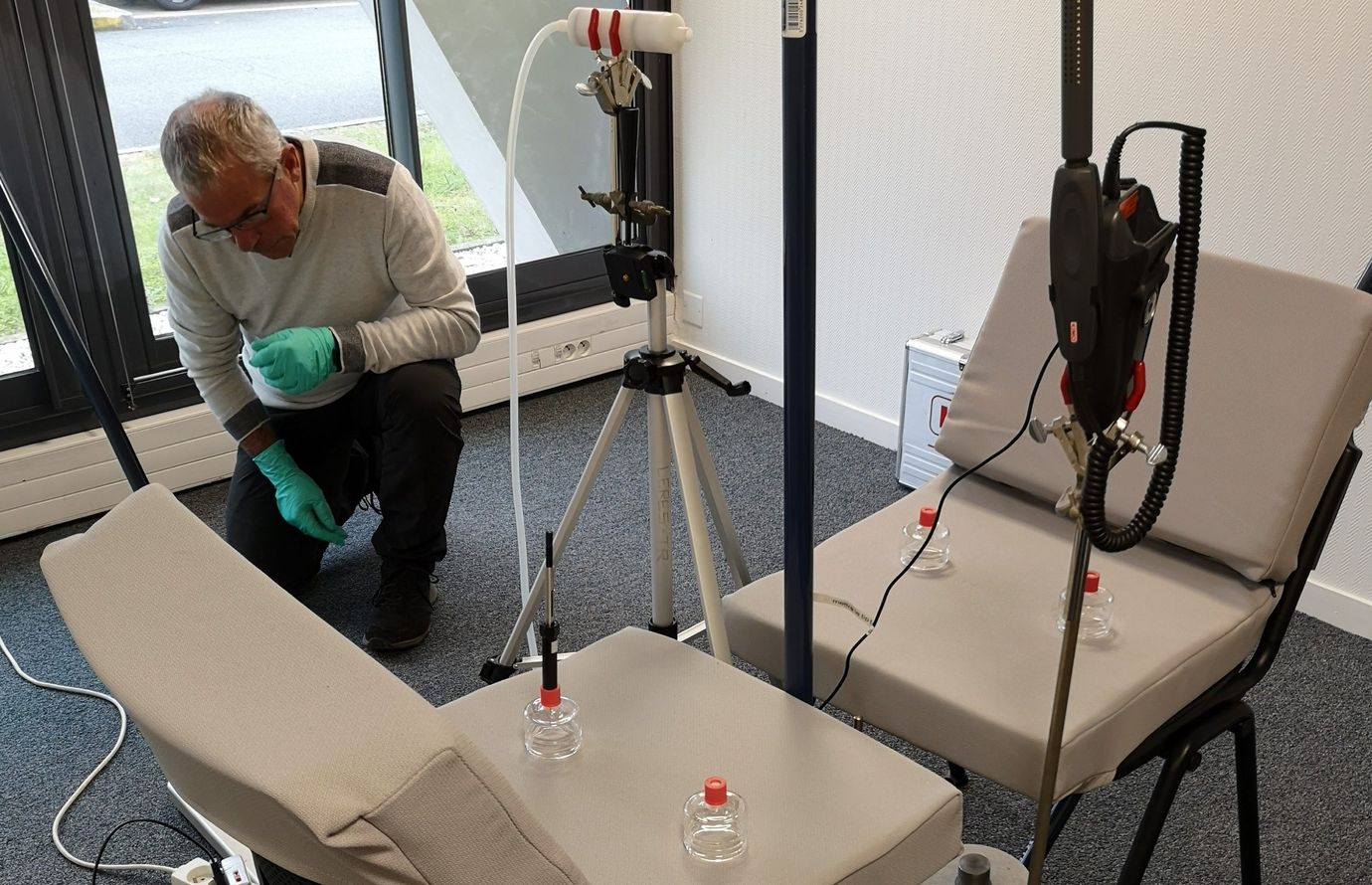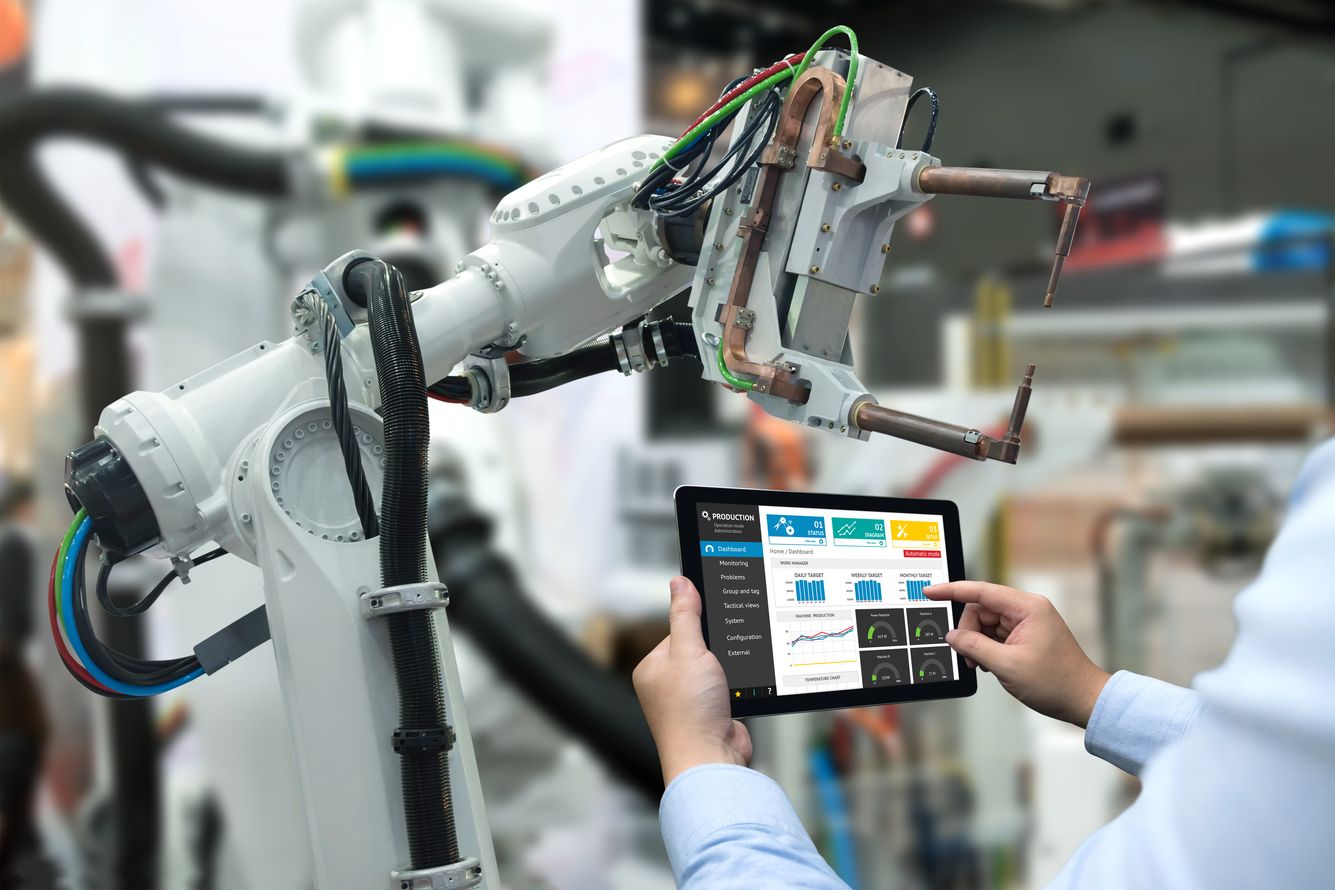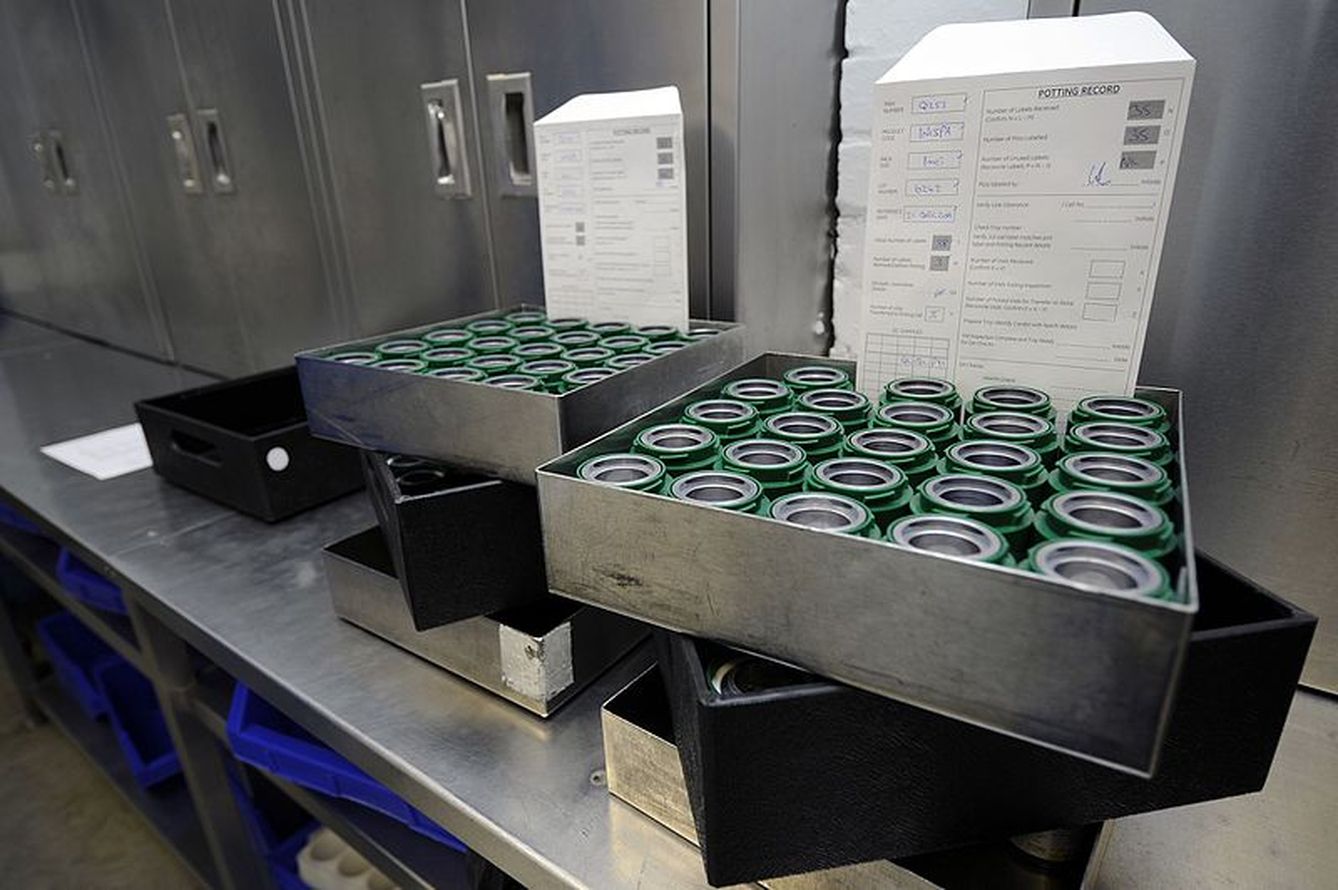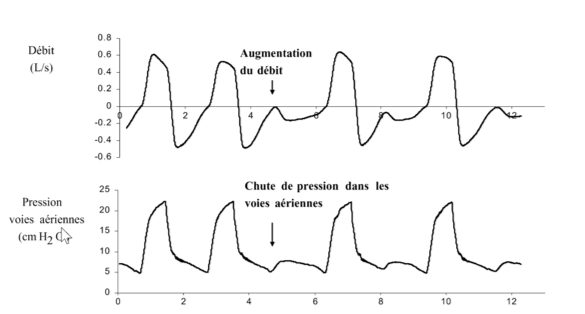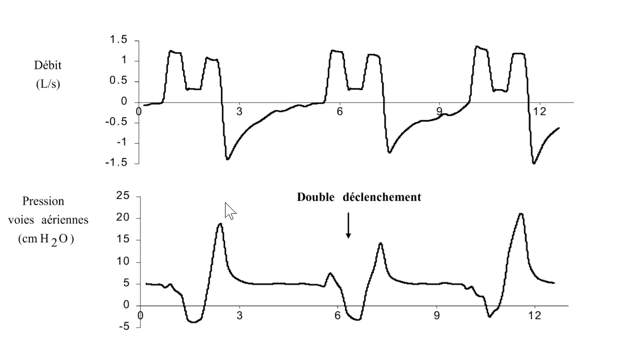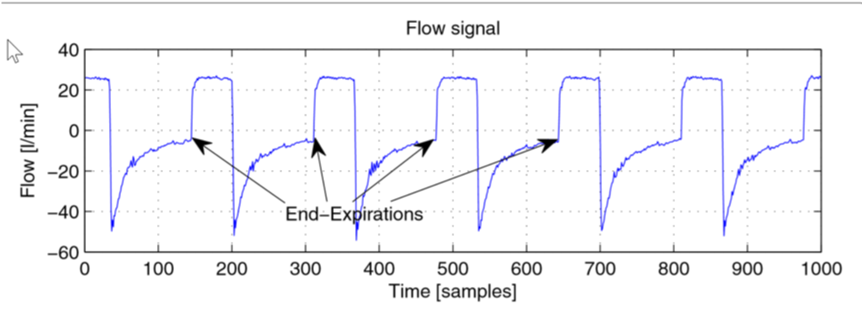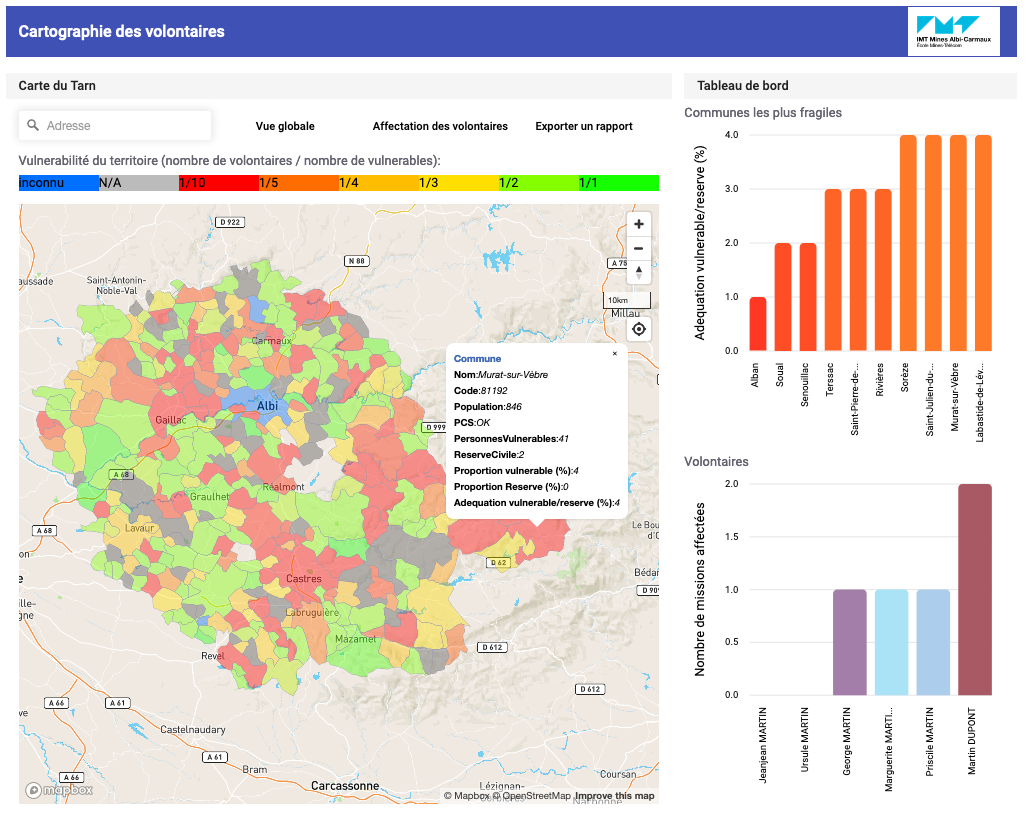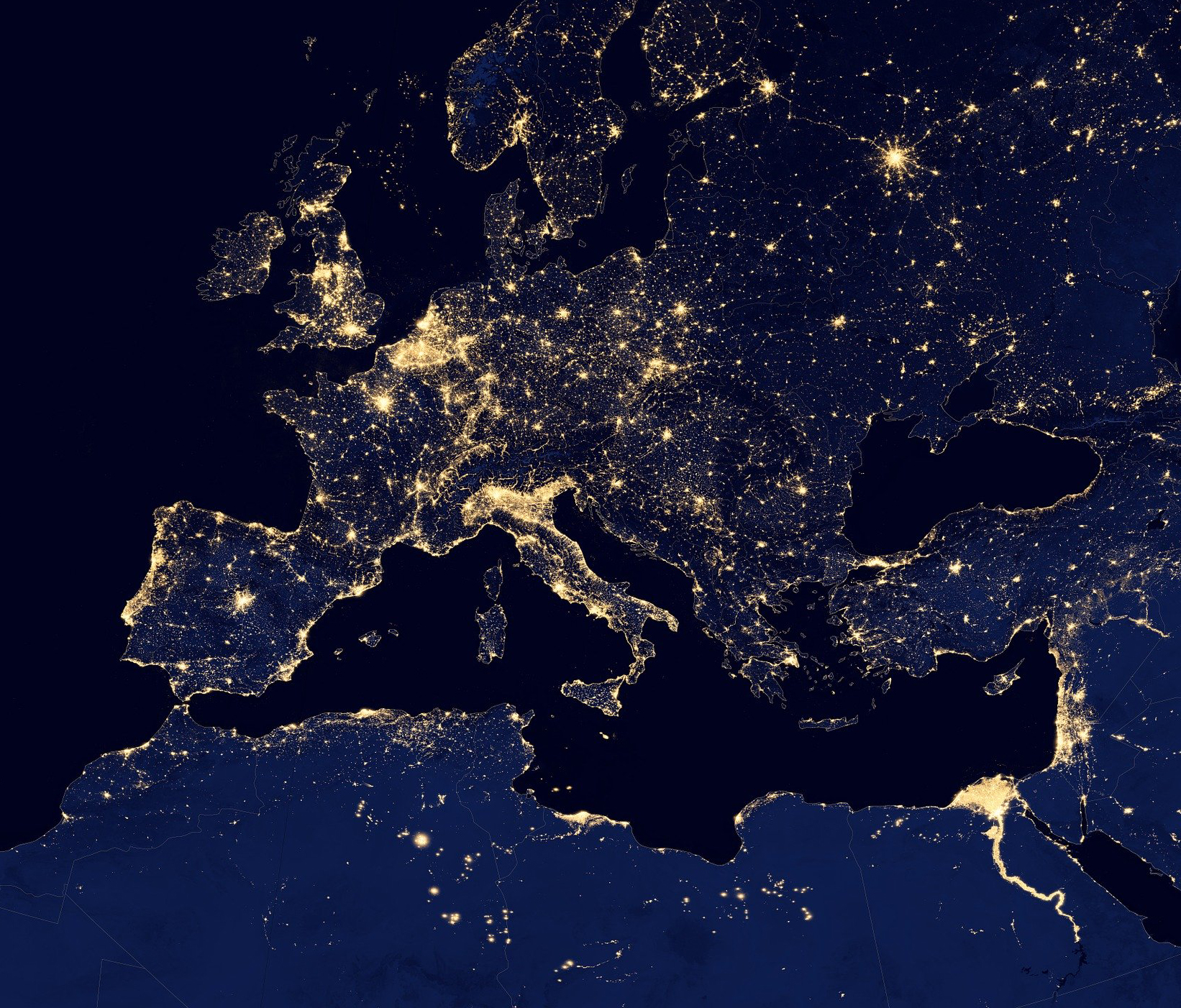Mathematical tools to meet the challenges of 5G
The arrival of 5G marks a turning point in the evolution of mobile telecommunications standards. In order to cope with the constant increase in data traffic and the requirements and constraints of future uses, teams at Télécom SudParis and Davidson Consulting have joined forces in the AIDY-F2N joint laboratory. Their objective is to provide mathematical and algorithmic solutions to optimize the 5G network architecture.
Before the arrival of 5G, which is expected to be rolled out in Europe in 2020, many scientific barriers remain to be overcome. “5G will concern business networks and certain industrial sectors that have specific needs and constraints in terms of real time, security and mobility. In order for these extremely diverse uses to coexist, 5G must be capable of adapting” presents Badii Jouaber, telecommunications researcher at Télécom SudParis. To meet this challenge, he is piloting a new joint laboratory between Télécom SudParis and Davidson Consulting which was launched in early 2020. The main objective of this collaboration is to use artificial intelligence and mathematical modeling technologies to meet the requirements of new 5G applications.
Read on I’MTech: What is 5G?
Configuring custom networks
In order to support levels of service adapted to both business and consumer uses, 5G uses the concept of network slicing. The network is thus split into several virtual “slices” operated from a common shared infrastructure. Each of these slices can be configured to deliver an appropriate level of performance in terms of reliability, latency, bandwidth capacity or coverage. 5G networks will thus have to be adaptable, dynamic and programmable from end to end by means of virtual structures.
“Using slicing for 5G means we can meet these needs simultaneously and in parallel. Each slice of the network will thus correspond to a use, without encroaching on the others. However, this coexistence is very difficult to manage. We are therefore seeking to improve the dynamic configuration of these new networks in order to manage resources optimally. To do so, we are developing mathematical and algorithmic analysis tools. Our models, based on machine learning techniques, among other things, will help us to manage and reconfigure these networks on a permanent basis,” says Badii Jouaber. Networks that can therefore be set up, removed, expanded or reduced according to demand.
A priority for Davidson Consulting
Anticipating issues with 5G is one of the priorities of Davidson Consulting. The company is present in major cities in France and abroad, with 3,000 employees. It was co-founded in 2005 by Bertrand Bailly, a former Télécom SudParis student, and is a major player in telecoms and information systems. “For 15 years we have been carrying out expert assessment for operators and manufacturers. The arrival of 5G brings up new issues. For us, it is essential to contribute to these issues by putting our expertise to good use. It’s also an opportunity to support our clients and help them overcome these challenges”, says David Olivier, Director of Research and Development at Davidson. For him, it is thus necessary to take certain industrial constraints into account from the very first stages of research, so that their work can be operational quickly.
“Another one of our goals is to achieve energy efficiency. With the increase in the number of connected objects, we believe it is essential to develop these new models of flexible, ultra-dynamic and configurable mobile networks, to minimize and reduce their impact by optimizing energy consumption”, David Olivier continues.
Bringing technology out of the labs for the networks of the future
The creation of the AIDY-FN2 joint laboratory is the culmination of several years of collaboration between Télécom SudParis and Davidson Consulting, beginning in 2016 with the support of a thesis supervised by Badii Jouaber. “By initiating a new joint research activity, we aim to strengthen our common research interests around the networks of the future, and the synergies between academic research and industry. Our two worlds have much in common!” says David Olivier enthusiastically.
Under this partnership, the teams at Davidson Consulting and Télécom SudParis will coordinate and pool their skills and research efforts. The company has also provided experts in AI and Telecommunications modeling to co-supervise, with Badii Jouaber, the scientific team of the joint laboratory that will be set up in the coming months. This work will contribute to enhancing the functionality of 5G within a few years.


